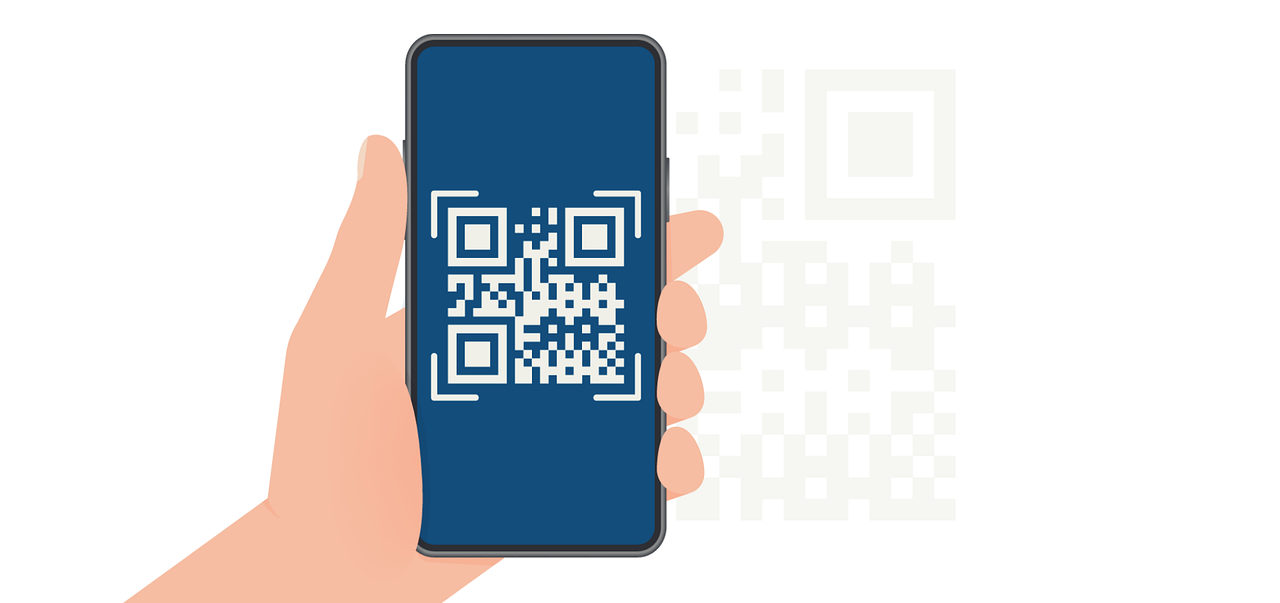Headers and Footers in PDF Design
Best practices for using headers and footers when designing a pdf

Headers and footers are key to creating well-structured, professional PDFs. They help designers present information clearly and consistently. In PDF documents, headers and footers often serve as anchors for essential information such as document titles, page numbers, and branding elements, providing a cohesive reading experience.
Expressa’s PDF builder offers flexible, easy to use header elements such as text, images, barcodes/QR codes, separators, spacers, and grids - everything you need to top off or finish your designs with. This guide explains the best practices for headers and footers in PDF design, with practical tips for using the relevant tools in Expressa.
Best Practices for Using Headers and Footers
Firstly, it’s important to remember to stick to a uniform design across pages.
Keep header and footer designs consistent throughout the document to create a unified structure that improves readability.
Secondly, try to balance branding and information. Incorporate branding elements, such as logos or company names, subtly. This keeps headers and footers professional and maintains focus on the main content.
Also keep in mind where to place certain elements; Headers are typically the first elements readers see on each page, so they should introduce the document and create a strong brand presence without overwhelming the content. Footers are ideal for providing supportive details that guide readers without interrupting the flow of the main content. Footer elements tend to be smaller and more functional.
Designing Headers and Footers in Expressa
Expressa offers versatile tools that make it easy to design headers and footers in PDF documents. You can use text, images, barcodes/QR codes, separators, spacers, and grids in both the header and footer sections. The headers and footers are editable, you can customize the margins, padding, add a background color, image or gradient, and align the items within them.
Access these options by clicking on the header or footer after which they will appear in the panel on the right. This easy process is the same for every element you choose to place in your header/footer; simply select it and edit in the right panel!

If your header is empty, a "Add Item" button can appear, presenting as an alternative way of adding elements.

Here’s a breakdown of each element and its recommended usage.
Text
Text is one of the most commonly used elements in headers and footers for titles, section names, or page numbers. In Expressa you can:
Change the font weight, size, style, leading and tracking. Add a background color, image, a border or gradient. (Learn more about fonts in Expressa here)
Align text effectively - position text to the left, center, or right within the header or footer, creating a well-organized, consistent look across pages.
Image
Including images, such as a company logo, in headers and footers helps reinforce brand identity. Add your image by uploading or searching for one, or placing it via URL. Expressa’s image options allow you to:
Position and resize your images or logos - insert logos or other brand images in either the header or footer and adjust the size to keep them professional, avoid making them large so as to not overwhelm the reader.
Add a background color, gradient, or even another image as a background for the original one. This can be useful if you want to make it stand out or add extra details to it.
Pro tip: Always use high-quality images to ensure that brand visuals look sharp and clear, maintaining professionalism, especially in printed PDFs.
Barcode/QR Code
Expressa’s barcode/QR code feature can be used in headers or footers for tracking or interactive purposes. You can use them as:
QR Codes for engagement - use QR codes to link to external resources, company websites, or additional content, offering readers an easy way to engage further with the document. Do this by adding your chosen link to the code data field. You can also add a background color, image or gradient, and a border to customize your barcode/QR code.
Additionally, Expressa offers multiple code formats: QR Code, OR Code, EAN-13, UPC-A, Code 39, Code 128, PDF417, Datamatrix.
Separator
Separators are simple lines that visually distinguish headers and footers from the main document content. Using a separator in Expressa allows you to:
Enhance readability - a thin line beneath the header or above the footer provides a subtle visual break. Choose colors and line styles that align with your brand, creating a professional and cohesive appearance across pages.
Spacer
Spacers allow you to control spacing between elements, helping keep headers and footers balanced. Use them to add space between items like text and images, ensuring each element remains clear and visually accessible. Adjust their size; not too small or too large, to maintain cohesion in the design.
Grid
Expressa’s grid feature enables precise alignment, ensuring headers and footers are consistently structured across all pages. For example, when using multiple elements in headers or footers, the grid ensures each one is in the correct position, enhancing readability and visual balance. You can customize the number of rows and columns, change the size of the grid, adjust its margin and padding as well as the space between items horizontally and vertically. Again, here, you have the option to place a background color, image or gradient for your grid. By clicking on any of the items within your grid, you can edit them independently.


